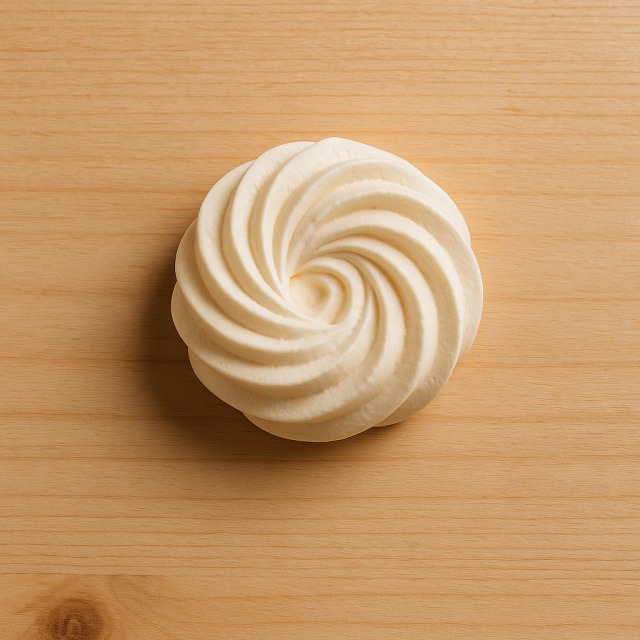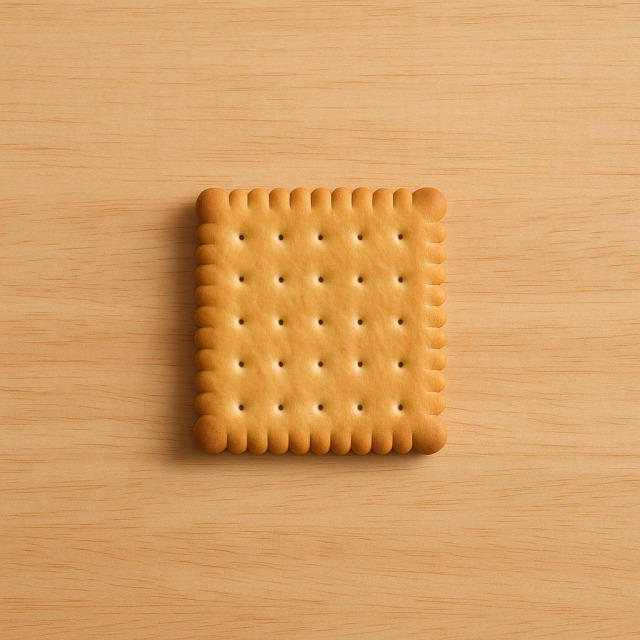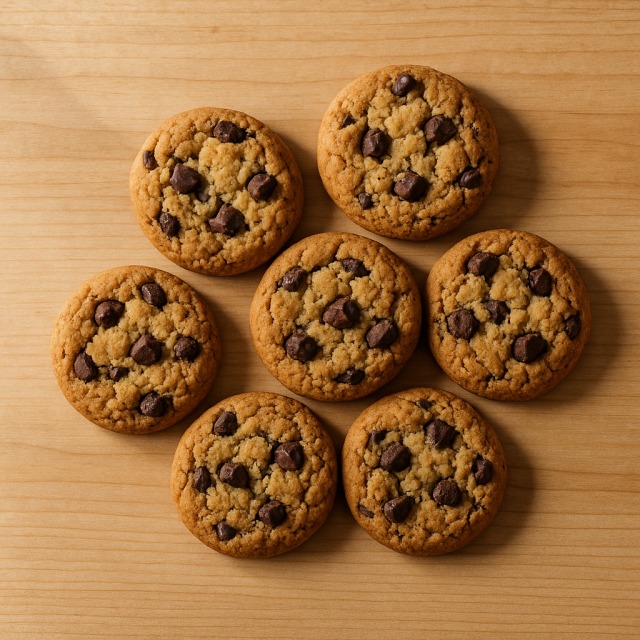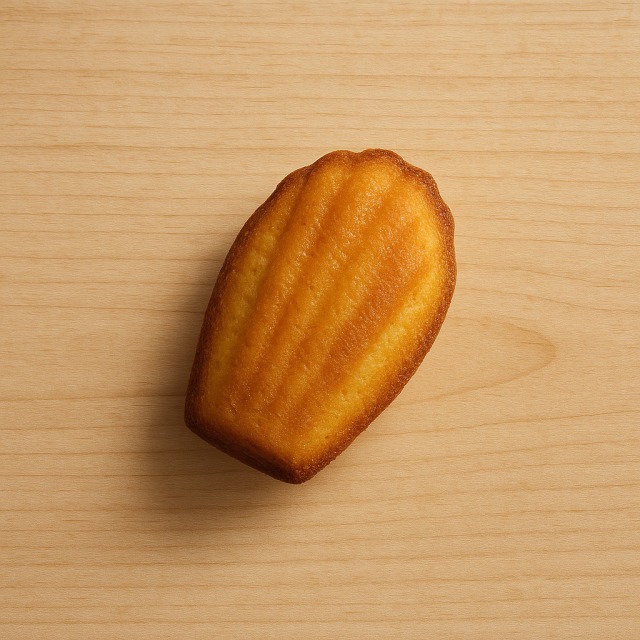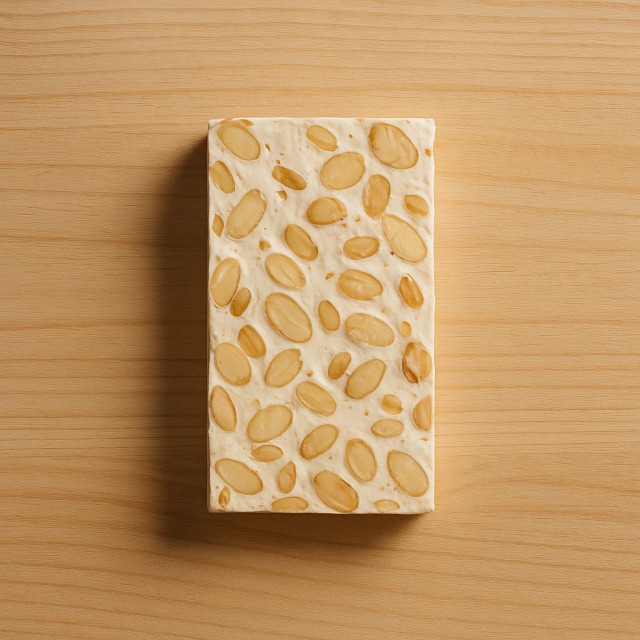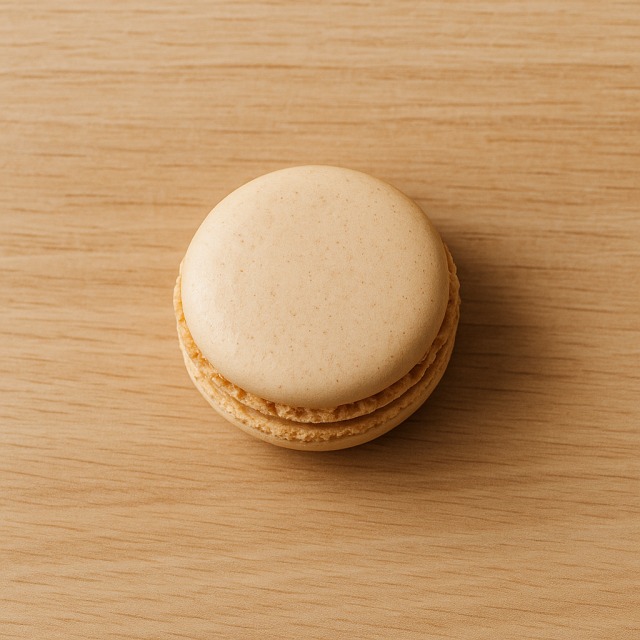Calorie Chart / Breakfast, Snacks / Fruit jellies
How Many Calories Are in Fruit jellies?
Calculation of the nutritional value & Recommended Dietary Intake of fruit jellies
For g and a calorie requirement of kcal
| Calories 68 kcal | Proteins 0.3 g | Lipids 0 g | Carbohydrates 17 g |
| 3% | 0% | 0% | 6% |
Health benefits of fruit jellies
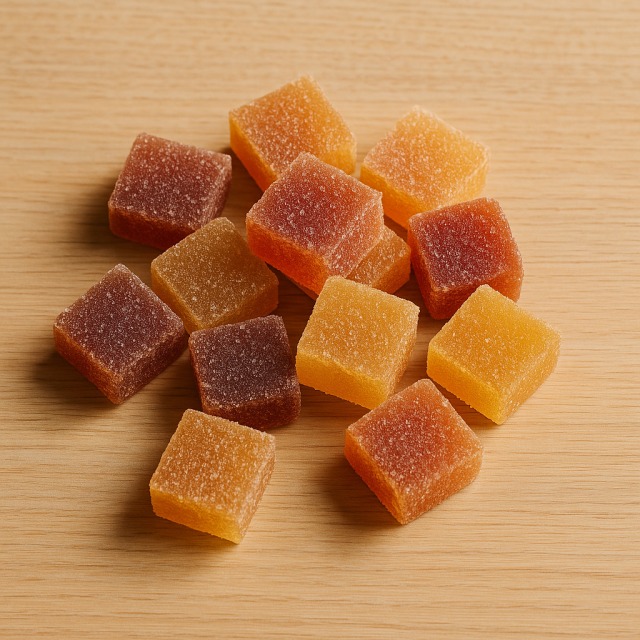
Fruit jellies - 100g
Calories 228 kcal
Proteins 1 g
Lipids 0 g
Carbohydrates 56 g
Fruit jellies (often called "pâtes de fruits" in France) are concentrated fruit purées cooked with sugar and pectin, then dried to a chewy texture. They are a high-calorie confection (228 kcal per 100 g) because most of their weight comes from carbohydrates. These rapidly digestible sugars can provide a quick boost of energy for hikers or endurance athletes who need easily digestible fuel.
When manufacturers use real fruit, traces of vitamin C, potassium, and naturally occurring antioxidants such as anthocyanins (in berry flavors) may remain, although the amounts are modest compared with fresh fruit. The pectin responsible for the gel provides soluble fiber that can help slow the absorption of some of the sugars, but again in limited quantities. Historically, fruit jellies were devised in the 10th century to preserve orchard harvests before refrigeration and later became a specialty of Auvergne and Provence. Remember: pleasant to taste, but nutrient density is low relative to the calories supplied.
Tips for incorporating fruit jellies into a balanced diet
Because fruit jellies are dense in calories yet virtually fat-free, portion control is key. A 20 g square (±45 kcal) makes a colorful finish to a meal of grilled salmon with steamed broccoli. The sweet note satisfies cravings without tipping the calorie balance.
For athletes, two or three small pieces 30 minutes before a long run can replace commercial energy chews and pair well with a bottle of herbal tea. Their quick sugars refill glycogen stores while remaining gentle on the stomach.
In desserts, dice fruit jellies and fold them into plain yogurt or sprinkle them over a bowl of fresh fruit salad to add texture and a concentrated burst of flavor without too many extra calories. They also decorate a classic pound cake or homemade ice cream sundae.
If you monitor daily calories, plan your menu so the sugars in fruit jellies replace—rather than add to—other sweet snacks such as chocolate mousse or cookies. Their intense taste means a small piece often suffices.
Frequently Asked Questions
- How many calories are in fruit jellies?
- 228 kcal per 100 g.
- Are fruit jellies fat-free?
- Yes, they contain 0 g of lipids; the calories come almost entirely from carbohydrates.
- Can I eat fruit jellies on a weight-loss diet?
- Yes, but keep the portion small (10–20 g) and count the calories within your daily allowance.
- Are fruit jellies suitable for vegans?
- Most traditional recipes use fruit, sugar, and plant-derived pectin, so they are generally vegan. Always check the label for gelatin or animal-based glazing agents.
- Do fruit jellies contain gluten?
- No, the standard ingredients are naturally gluten-free.
- Are they good for athletes during endurance sports?
- Because they deliver fast-acting carbohydrates without fat or fiber, fruit jellies can serve as a quick energy source before or during long efforts.
Similar foods
Information provided by Calorie Menu may contain inaccuracies or errors. It cannot, under any circumstances, substitute medical advice or medication.
